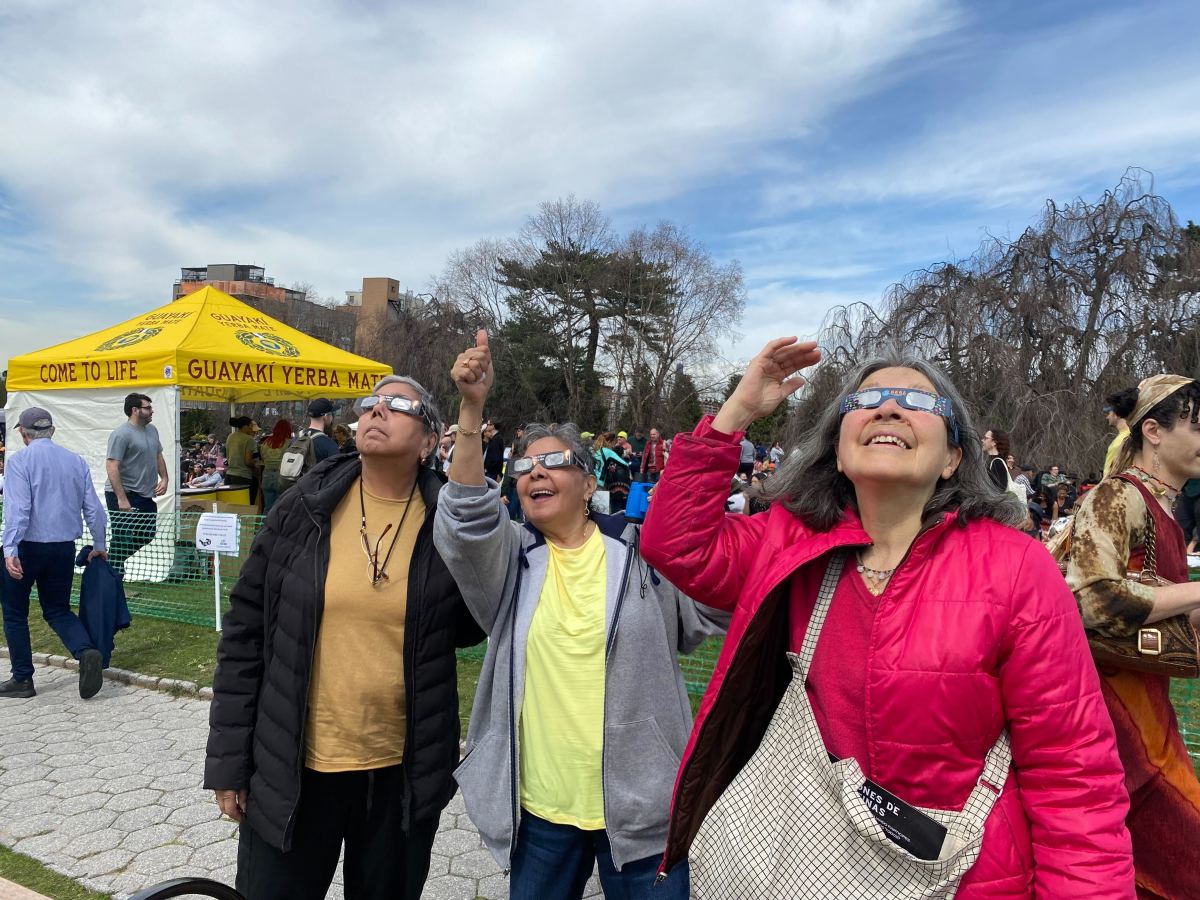“Death Becomes Her,” now showing at Brooklyn’s BRIC Gallery, 647 Fulton St., is a joint project between BRIC and Green-Wood Cemetery in Brooklyn. The show includes works by 10 female-identifying artists, with some pieces to be performed at Green-Wood.
The exhibit explores themes of death, with a focus on how death and grieving impact the living and bringing such topics more into the open.
Topics explored that relate to death include politics and inequalities around the process of dying and remembrance, cultural associations with death, and how loss can lead to self-discovery.
“While overall it’s talking about death and dying, so much of the exhibition is about the living,” said Harry Weil, Green-Wood’s director of public programs and special projects. “What lingers after a loss.”
One of the works is a collection of miniature handmade sculptures of actual roadside memorials, by artist Rachel Grobstein. The works examine a collaborative nature to mourning, and in ways that can be temporary using everyday objects, as ways to remember those who died and how they impact those still living, the exhibition notes.


“Harry and I were interested in not closing down conversations around death and dying,” said Jenny Gerow, curator at BRIC. Gerow said the exhibition has less overt references to death, such as not having images of bodies, and inspiration was drawn from the death-positive movement popularized by Caitlin Doughty, which encourages open communication about death and dying.
Another installation, called “I wouldn’t know any other way,” by artist Gyun Hur, features a large image of her grandmother’s garden in South Korea placed on the floor, along with mirrored walls and bright silk flowers scattered over the base. The flowers were shredded by hand, which the exhibition notes is an homage to impermanence and the grueling daily work of Hur’s parents, South Korean immigrants, as dry cleaners.

“Through the act of making,” Hur is quoted in the show, “I ask myself what I means for an individual and a community to be held together by stories, yearnings, rituals, and spirituality, which are ephemeral and rich like the hand-shredded silk flowers.”
The show came together when Green-Wood, which doesn’t have gallery space, wanted to work on a traditional type of exhibition, and BRIC has been focused the past year on collaborating with institutions that don’t have galleries, according to Weil and Gerow. When the exhibition started to come together, the artists they were interest in were female, and Gerow noted that it raised the thought of, “what that could mean for a feminist view of death and dying.”
Gerow said two important themes are “talking about death as a really important part of living,” and also inequality around death, including gender, race and social factors, and how “the way we experience death and mourn and grieve is very unequal.”
Another work in the show, “Conjuring a future full of pasts” by artist Mimi Bai, is based on her experience as an immigrant from China, and weaves together hundreds of small clay sculptures onto netting to explore themes of camouflage and acts of assimilation that are part of the notion of fitting in.

There will be programs at Green-Wood in March and April that include discussions about death, and a performance work by artist Freya Powell, influenced by the Greek tragedy “Antigone,” that is an elegy for unknown migrants buried in mass graves in Texas.
Harry Weil said the exhibition aims to expand conversations around death, to not think of it as a taboo subject. “We have to have these open, candid conversations,” he said.
More information on “Death Becomes Her,” which runs until April 19, can be found at bricartsmedia.org.
Read more: Julia Stiles Discusses NYC Art and Raising Her Baby





































